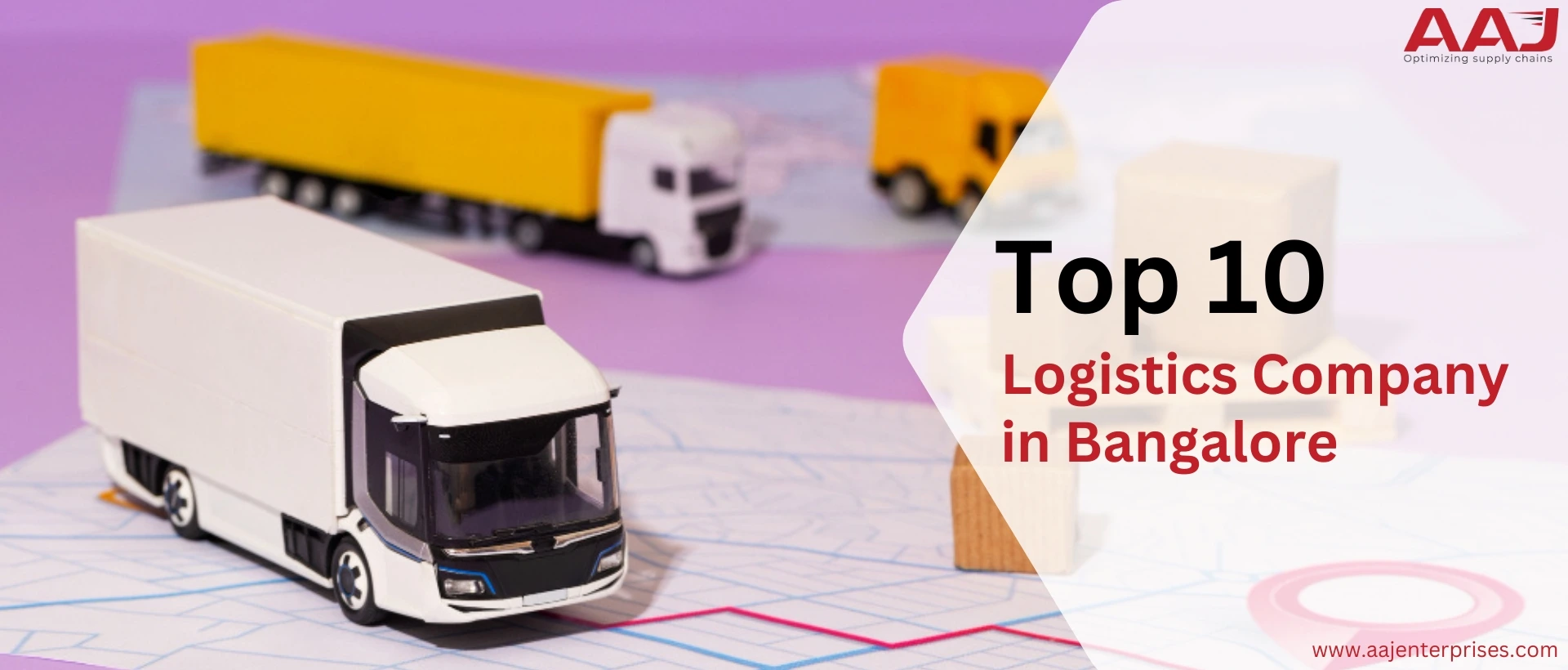What is Last Mile Delivery
Last mile delivery meaning is the final distance moved by a product from the delivery point/depot to the final consumer’s door. This is where the supply chain is most vulnerable to organizations and also where it accounts for more than 50% of its supply chain costs.
The goal of the last mile delivery is to deliver quickly, effectively and reliably, while at the same time minimizing operating expenses.
How Does Last Mile Delivery Work?
The process of last mile delivery starts when products are collected from the warehouse storage or distribution center. Then, warehouses are dispatched to various centers within the local delivery area, where the delivery agents take over the delivery process.
Here’s how the flow generally looks for last mile delivery:
- Order Processing: All goods are properly packed and labeled to be sent out to the market.
- Local Sorting Hub: Products’ stocks are arranged readily for dispatchment, usually in nearby areas.
- Route Optimisation: Software helps locate the most efficient routes needed to deliver consignments for use in the business.
- Final Delivery: Delivery agents deliver items to the customers’ addresses.
Best Strategy for Last Mile Deliveries
Optimisation of last mile delivery is highly dependent on the formulation of a concrete and detailed strategy. The following strategies stand out:
- Real-Time Tracking Systems: The customer of today’s era demands transparency. Real-time tracking can be used to enhance visibility. Consequently, it will satisfy customers’ desire to have their orders visible in real time.
- Route Optimisation Tools: They take into account traffic patterns, weather conditions, and delivery times to come up with the shortest delivery routes and help minimize delivery delays.
- Crowdsourced Delivery Networks: The flexibility that comes with gig employment profits some companies like Uber and Postmates to ramp up delivery capabilities during rush times.
- Micro-Fulfillment Centers: Several small D2C warehouses are helpful when placed near urban areas because they reduce delivery distances and so can be rapidly discharged.
How to Improve Last Mile Delivery?
Delivery efficiency in the last mile is a process that can involve numerous touches, which is why their enhancement is possible just as an accumulated result of improvement.
Here’s how companies can do it effectively:
- Use Data-Driven Insights: Assess delivery information for possible trends, problem areas and potential for enhancement. For instance, UPS saved 10 million gallons of fuel per year through the application of data, whereby it eliminated left turns and increased its efficiency.
- Automate the Process: Automating other tasks such as dispatching, routing, and tracking eliminates inefficiencies and delivers consignments quicker. Customers are informed about the status of their shipments through automated SMS and emails, increasing their satisfaction level.
- Invest in Electric Vehicles and Drones: In recent years, to enhance sustainability in logistics service, electric delivery vehicles (EVs) and drones have been in demand. Amazon’s drone delivery project intends to have a 30-minute delivery location as a norm for its high ordering zones.
- Enhance Communication Channels: When there is a lack of communication, there are cases where deliveries might not be made or will be made later than expected. Having a two-way communication system between delivery agents and customers minimizes cases of failed delivery attempts.
- Focus on First-Attempt Deliveries: Each delivery failure results in huge losses. Therefore, allowing a range of drop-off and pick-up times for a delivery minimizes the number of delivery attempts. Also, introducing a concept of a locker where customers can pick up their produce helps in the same.
- Leverage AI and Machine Learning: Customers receive delivery time windows that are more precise in comparison to traditional techniques. This is caused by AI tools that estimate factors such as road conditions or customers’ availability. It not only increases the effectiveness but also the satisfaction of the customers.
- Build a Scalable Logistics Network: An organization with a strong and adaptable network will be in a position to cope with shocks like seasonal factors. Local courier companies can be outsourced, which can enable service to be sped up. While at the same time decreasing the cost implications.
Major Parameters for Successful Last Mile Delivery
| Metric | Benchmark |
| Average Delivery Time | Under 24 hours |
| First-Attempt Delivery Rate | Above 90% |
| Cost per Delivery | Less than 10% of the total order value |
| Customer Satisfaction Score | 4.5/5 or higher |
| Order Tracking Engagement | Above 70% customer engagement |
These metrics provide clear indicators for evaluating the effectiveness of last mile delivery strategies.
In a Nutshell
To sum up, improving last mile delivery requires a blend of technology, strategy, and customer-centric solutions.
With the right approach, companies can reduce costs, boost door to door delivery speed, and enhance customer satisfaction, all while staying ahead in a competitive market.




